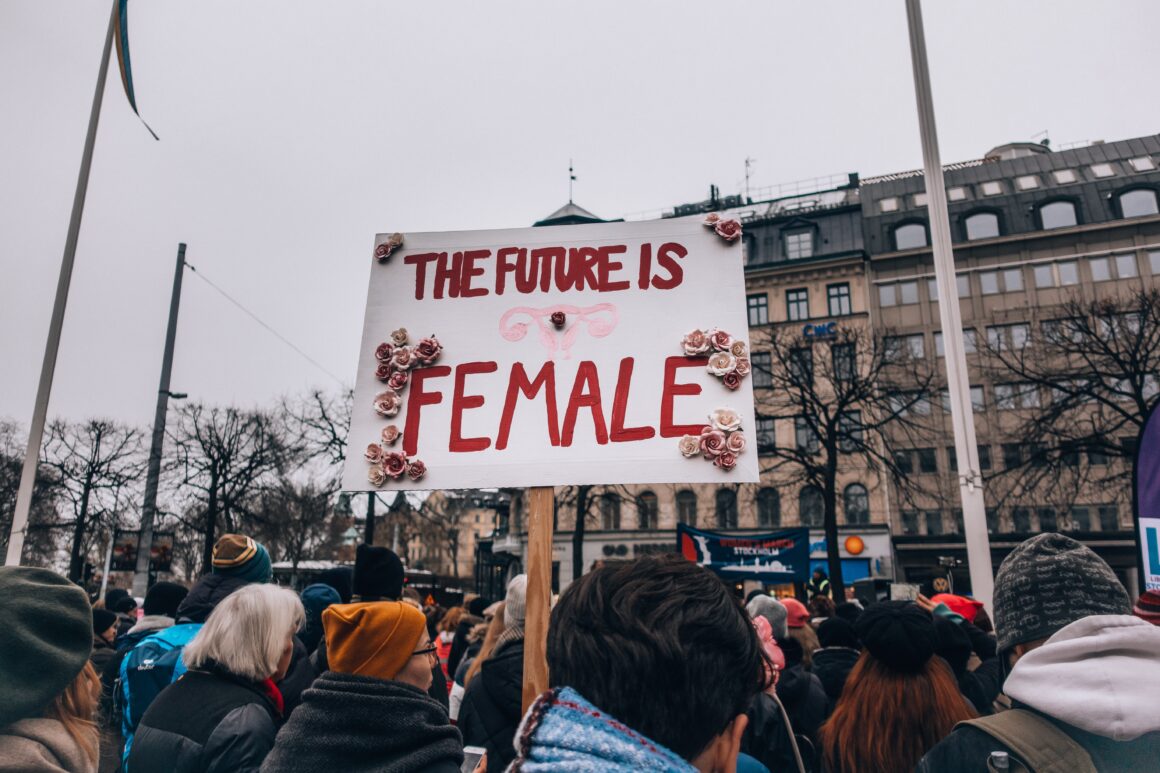
Written by Jordan Baigrie
Intersectional feminism, which claims that women experience oppression in varying degrees of intensity, has witnessed a spectacular renaissance in popular and academic feminism since renowned law scholar, Kimberlé Crenshaw, first introduced this brand of feminist political theory in 1989. Crenshaw insisted that the exclusion of women of colour from mainstream feminism could not be addressed by simply including women in an extant form of feminism. Any analysis, Crenshaw argued, that does not take intersectionality into account could not properly address the manner in which women of colour are oppressed.
Intersectional feminism holds tremendous promise for a number of reasons. Most notably, it reinvigorates the activism of earlier generations of black feminists, particularly the work of the Combahee River Collective, which drew attention to the reality of black women at a time (1974-80) when the predominantly white middle class National Organization for Women dominated the public image of feminist activism and its founders unabashedly assumed the universality of their own experience. As a movement, intersectionality recognizes that not every feminist is white, middle class, able-bodied, and cis-gendered. Based on the idea that there are multiple grounds of identity, this new brand of feminism enables women to be part of a movement that promotes the universal values of equality and justice, while maintaining their individual cultural and racial identity. For the intersectional feminist, there is no template for a feminist. Indeed, each woman is unique and faces different struggles as a result of her background. The pretense that all women face the same struggles denies the intersectionality of race, ethnicity, and gender.
It is also worth noting that intersectional feminism mounts a stern challenge to the essentialism that still permeates feminist political theory. The conviction of old-line feminists that a woman’s identity is shaped exclusively by the category of gender is not representative of women’s experiences and obscures other important dimensions of identity. For the intersectional feminist, propping up gender in this way also suggests that gender is somehow causally more significant in shaping our identity than race and class, when careful analysis suggests that oppression cannot be understood without looking at how it has been constructed over time. The lesson imparted by the Combahee River Collective, if anything, would seem to be that the experience of oppression is not the same for all women.
Critics of intersectional feminism charge that important political values, such as equal opportunity for all women, will be lost in the rush to shine a light on different sources of oppression and that, in the end, will be the undoing of the women’s movement. Granted that the opposition is still targeting feminism as a whole, this criticism raises the question as to whether the feminist movement is at a historical position where women should be addressing the different forms of oppression different women suffer?
It is difficult for many to admit that certain groups of women face more oppression than others. Privilege is often indiscernible to those who have it. Unthinkable only a decade ago, three of Canada’s ten provinces have female Premiers (one of whom is openly gay) and a female is taking a run at the White House. This is definitely cause for celebration, but we still have a long way to go. However, if we are open to intersectional feminism, perhaps what we are witnessing is a resurgence of the very privilege that the founders of NOW took for granted. If we seek to combat privilege in all of its forms, including the privilege that goes undetected in our midst, it is time that we looked long and hard at the multiple aspects of identity.


